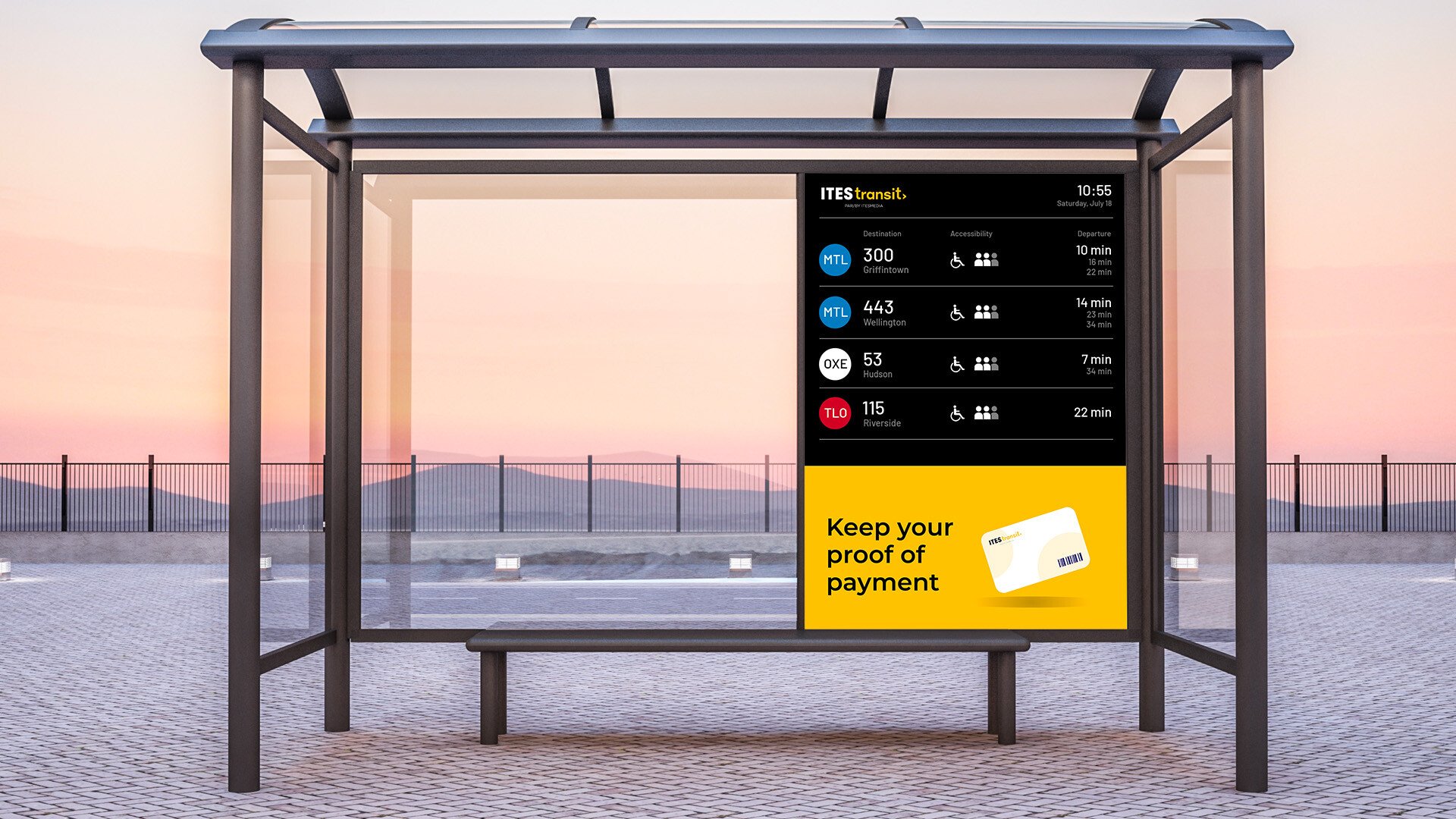Governments and municipalities across the United States are increasingly investing in extensive public transportation projects. These initiatives not only revamp urban landscapes but also enhance passenger experiences and strengthen the appeal of the transit brand, attracting new customers and boosting staff retention.
The Crucial Role of Technological Solutions
It's imperative for all involved parties to deploy comprehensive, tested, safe, and scalable tech solutions. Moreover, these solutions should be forward-looking and equipped with the flexibility to adapt to future enhancements and demands, thereby ensuring their sustained viability and relevance.
Central Communication Hub
A communication hub plays a pivotal role by delivering general and emergency messages to passengers through advanced passenger information systems. These can draw from real-time data sources like GTFS-RT or from a repository of pre-set messages.
This hub also facilitates internal communications among transit staff, from drivers to office personnel, broadcasting crucial updates, health and safety tips, and company milestones such as birthdays or job openings. This not only keeps employees well-informed but also fosters a sense of inclusion and value within the company, aiding in talent attraction and employee loyalty.
Priority of Passenger Information
For passengers, timely and accurate information ranks as a top priority—second only to the punctuality of services. Effective passenger communication systems must convey exact times for upcoming departures and notify passengers of any service interruptions or changes, reflecting real-time conditions. Achieving this requires a seamless integration of various data sources through robust interoperability capabilities.
Interoperability and System Integration
Interoperability refers to the ability of different systems to connect and operate together without restrictions. Establishing interoperability standards is essential for seamless data exchange between transit entities and external parties, providing passengers with comprehensive, real-time travel information. Despite ongoing standardization efforts, challenges like discrepancies in updated transport schedules still persist.
Unified Communication Platform
In many transit operations, communication responsibilities fall on a small team already burdened with daily tasks. Selecting an efficient communication platform that centralizes all forms of messaging—external and internal—is crucial. Such platforms should also feature an extensive content library to support communication teams in effectively disseminating information across the organization.
Investing in public transit infrastructure and implementing the right technological tools, like ITEStransit, are critical steps toward improving both user and employee experiences. While challenges remain, the ongoing advancements in technology paint a promising future for the public transportation sector.



